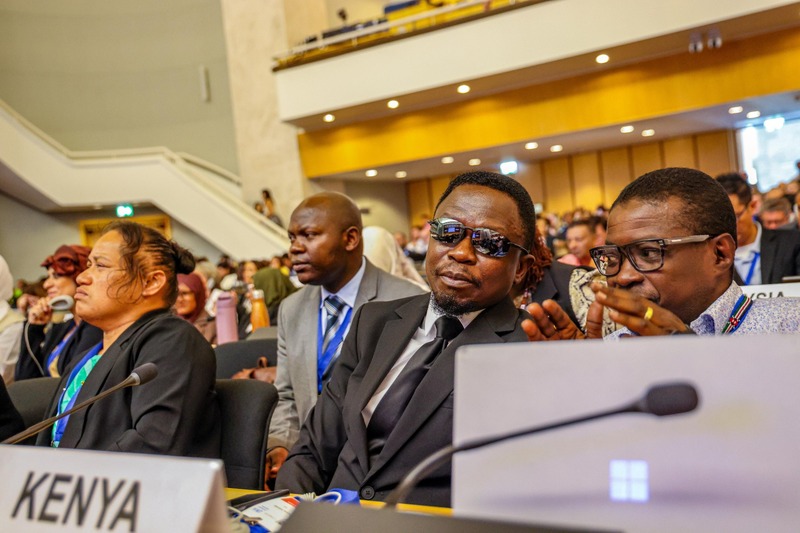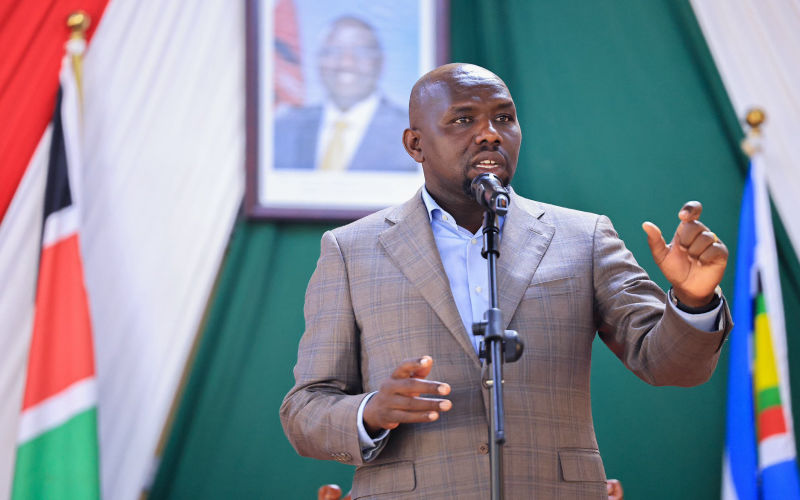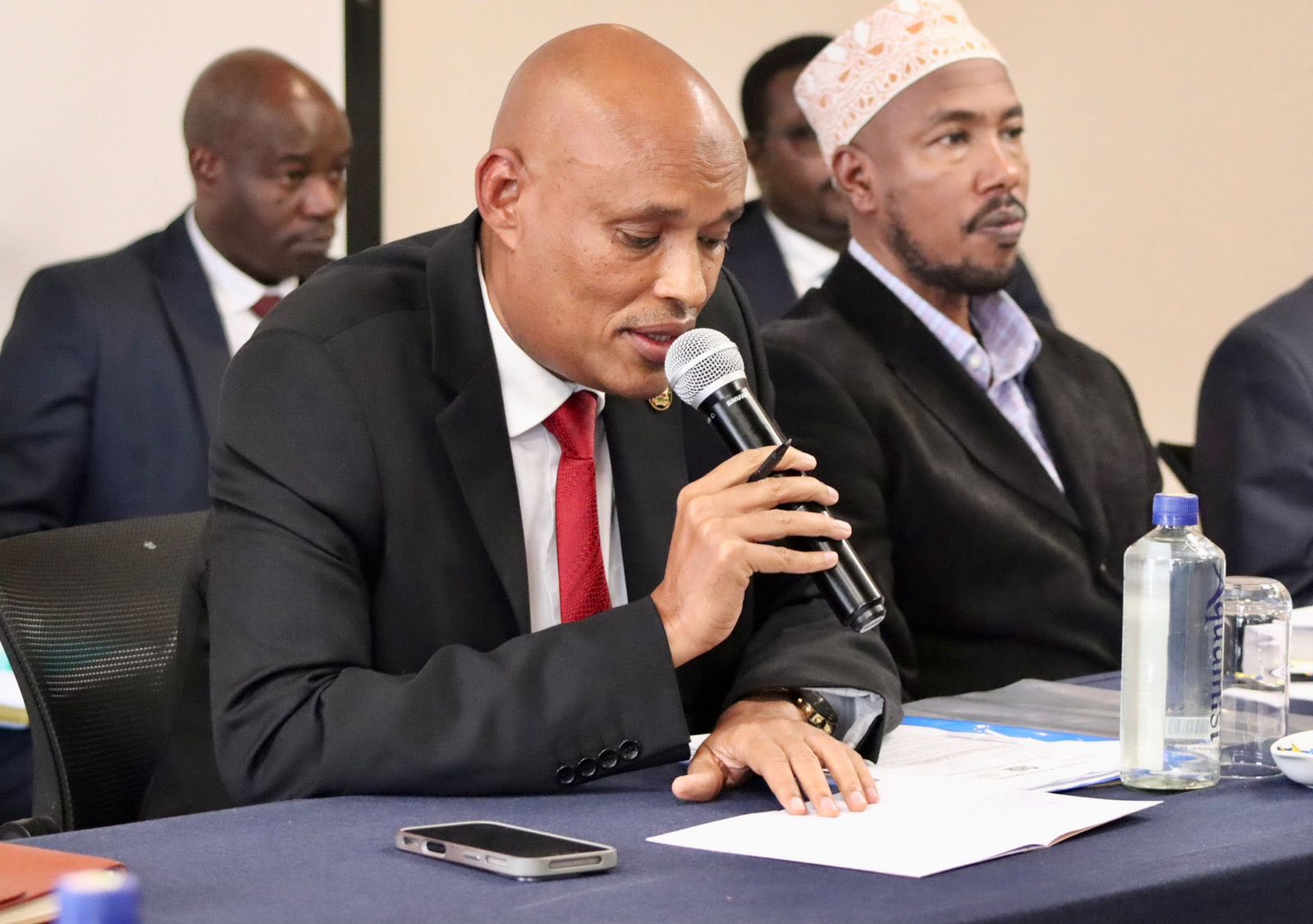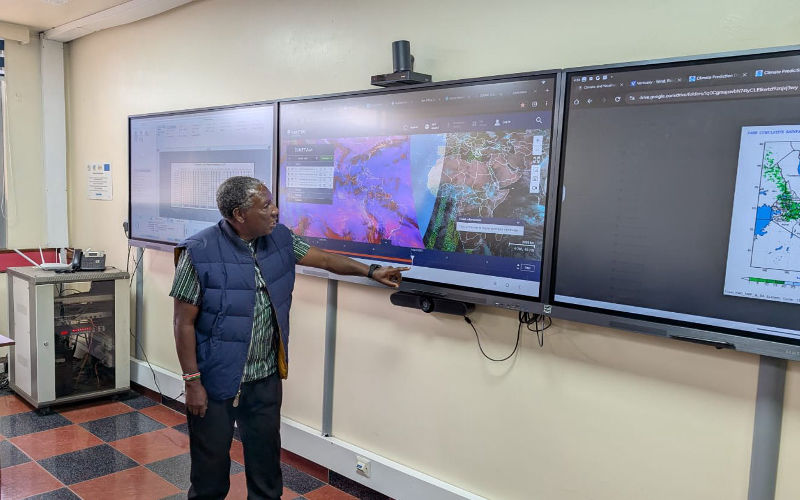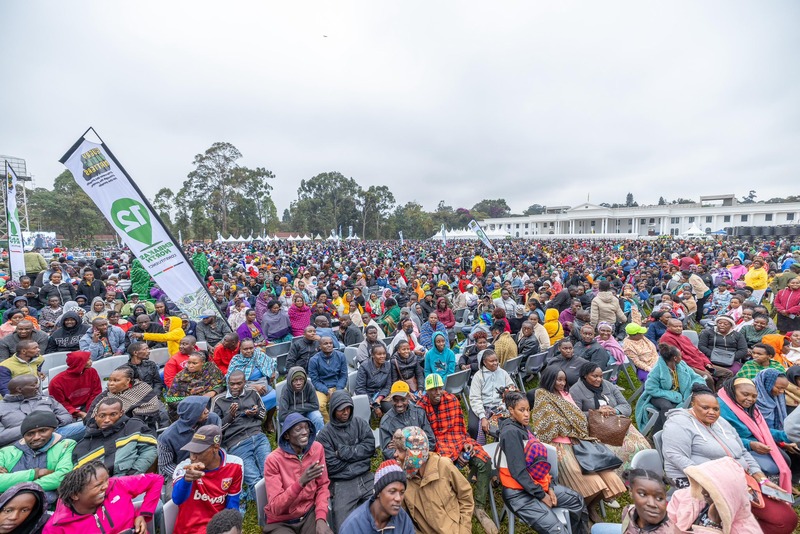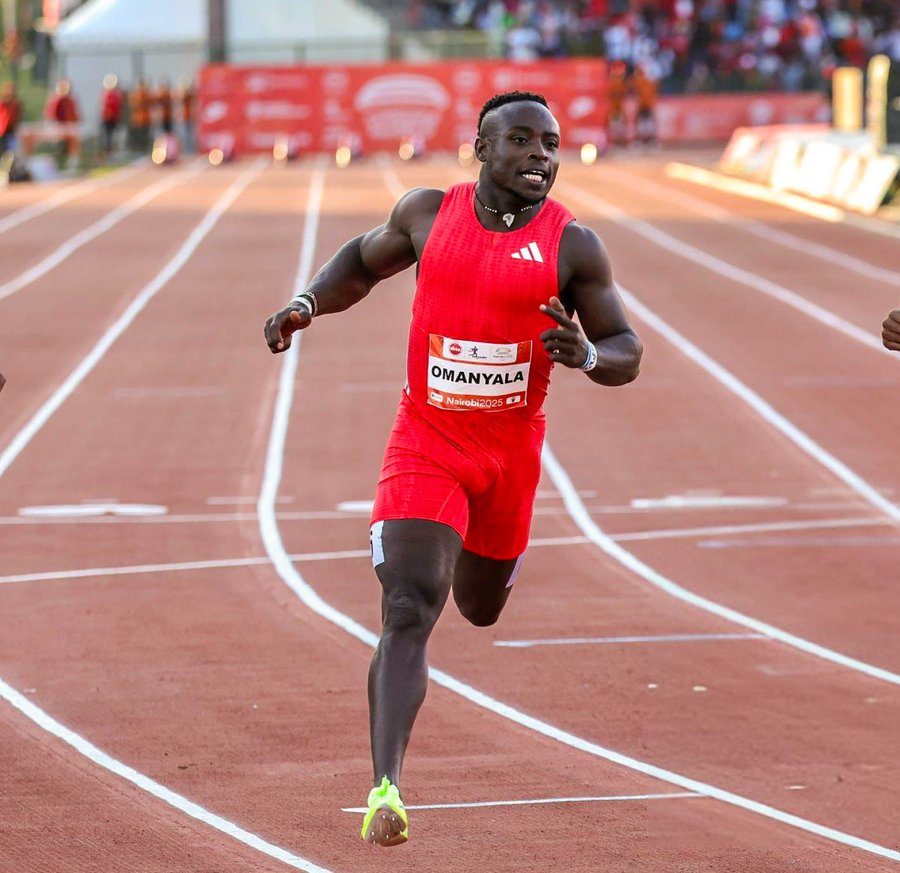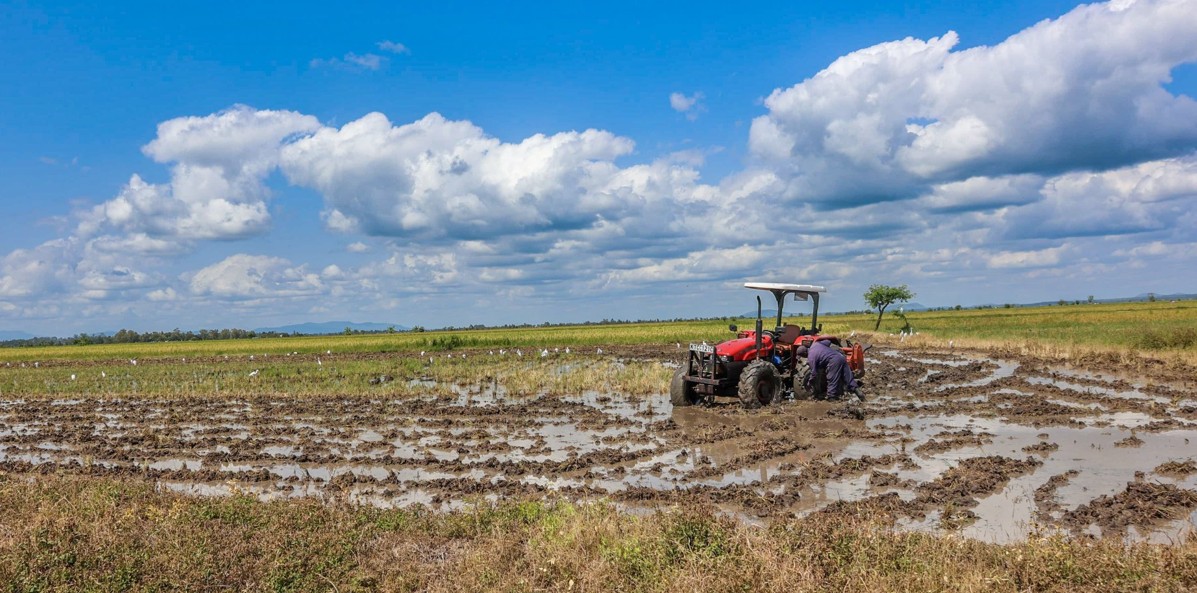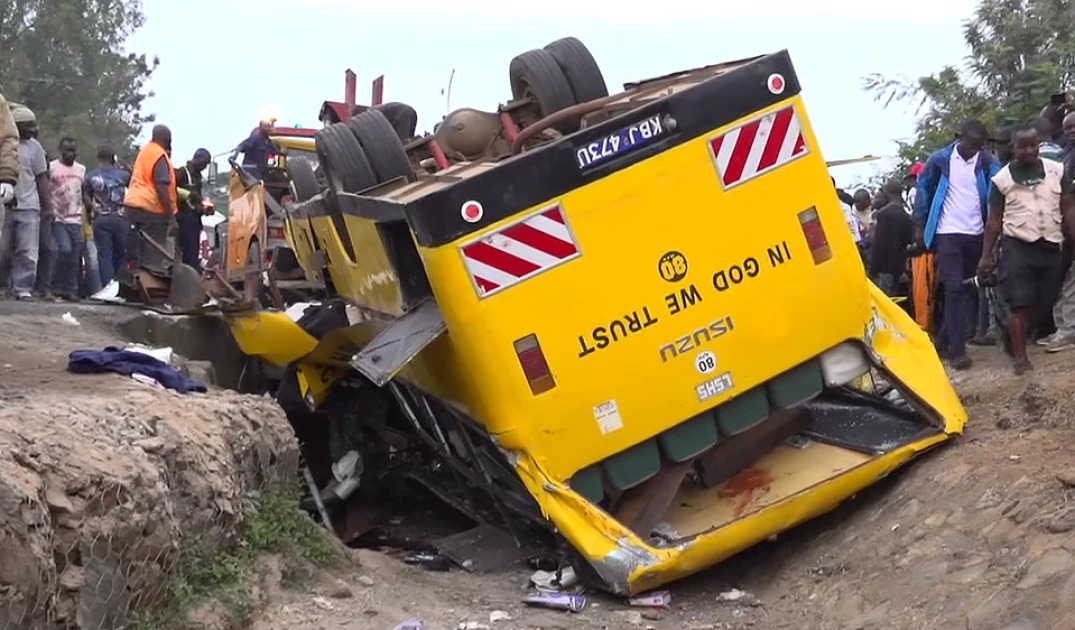Study reveals alarming education gap among adult refugees in Kenya
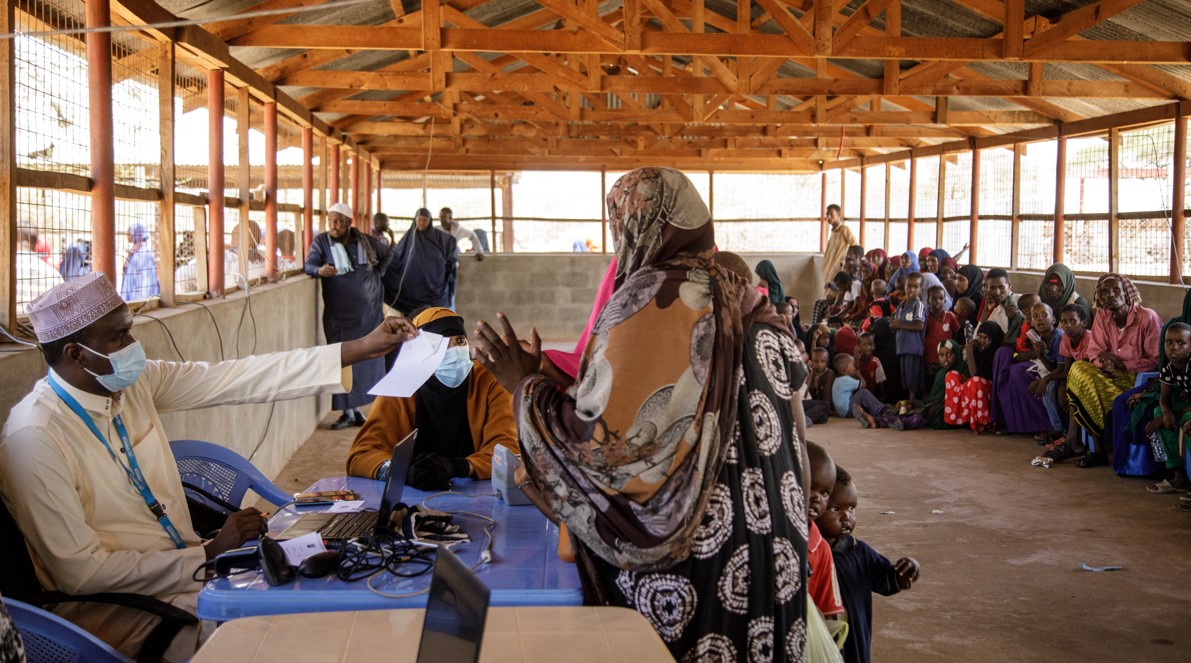
According to the report, women are the most affected as compared with their male counterparts. Sixty-six per cent of female refugees (aged 25-64) report having no schooling compared to 33 per cent of male refugees.
The education level among adult refugees aged 25 -64 years is low with almost half of them having no schooling experience. The situation is worse for refugees and hosts who reside in camp areas. This is according to a Kenya Longitudinal Socioeconomic Study of Refugees and Host Communities (K-LSRH) by the World Bank.
According to the report, women are the most affected as compared with their male counterparts. Sixty-six per cent of female refugees (aged 25-64) report having no schooling compared to 33 per cent of male refugees.
More To Read
- One dead, two officers injured as protests rock Kakuma refugee camp
- Refugees win big as High Court orders citizenship, immigration law reforms
- WFP receives Korean rice donation to feed 720,000 refugees in Kenya
- Kenya commits to Shirika Plan on World Refugee Day amid mounting refugee hunger crisis
- What happens when aid is cut to a large refugee camp? Kenyan study paints a bleak picture
- New refugee management curriculum to boost local capacity in Turkana, Garissa counties
The survey findings show that both the host and refugee's basic needs for their well-being are not met hence the low school enrollment.
"Despite high educational aspirations and support for gender equality in education, secondary school enrollment is hindered primarily by limited financial resources," the report states.
However, the education attainment for refugees in urban settings is much better than that of the hosts or refugees in camp areas. The report attributes these high enrollment rates to the government's integration of urban refugees into the national education system.
The report shows that Dadaab camp in Garissa County, 87 per cent of hosts and 84 per cent of refugees have never attended school. The situation is not the same in Turkana where hosts have less schooling than the neighbouring refugees in Kakuma and Kalobeyei. In Nairobi, only 29 per cent of refugees and 3 per cent of hosts have not attended school.
"The low educational attainment in these areas reflects broader spatial disparities within Kenya, rather than being entirely attributable to refugee-related issues," the report notes.
Just like the adults, enrollment of children in school is still a challenge for refugees in camps compared with those in urban areas. This is due to the various large investments in camp schools put in place by development partners. For instance, as of March 2020, there were 27 primary schools in Kakuma and Kalobeyei.
Few children of primary age in Dadaab and among Turkana hosts are in school compared to the 80 per cent net primary enrolment rate in Kakuma and Kalobeyei caps, and other urban areas. The report states that "In Dadaab where enrollment rates are the lowest, nearly all children who are not enrolled have never been in school before."
"Garissa and Turkana counties have consistently had low enrollment rates compared to the national average while only half of primary-school-age children in the Turkana host community are enrolled in school."
The report says the main barrier to primary school enrollment reported by hosts and urban refugees is school fees, while the reasons among camp refugees include lack of interest and preference for faith-based education such as Madrassa.
Kenya, as of June 2024 hosts 774,354 registered refugees and asylum seekers who live in designated camp areas and urban areas according to United Nations High Commissioner for Refugees. 81 per cent live in camps while the rest live in urban areas.
Top Stories Today
